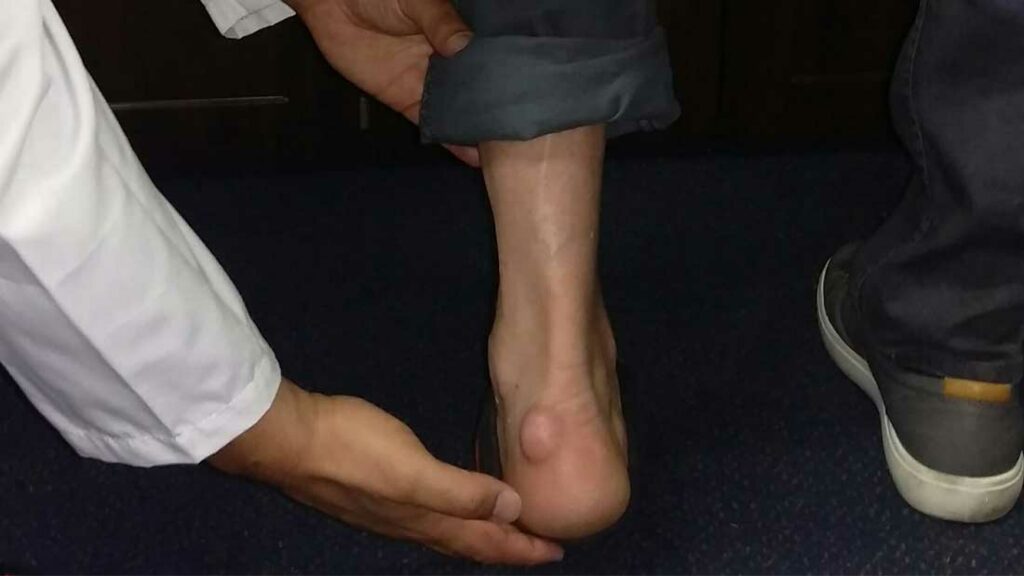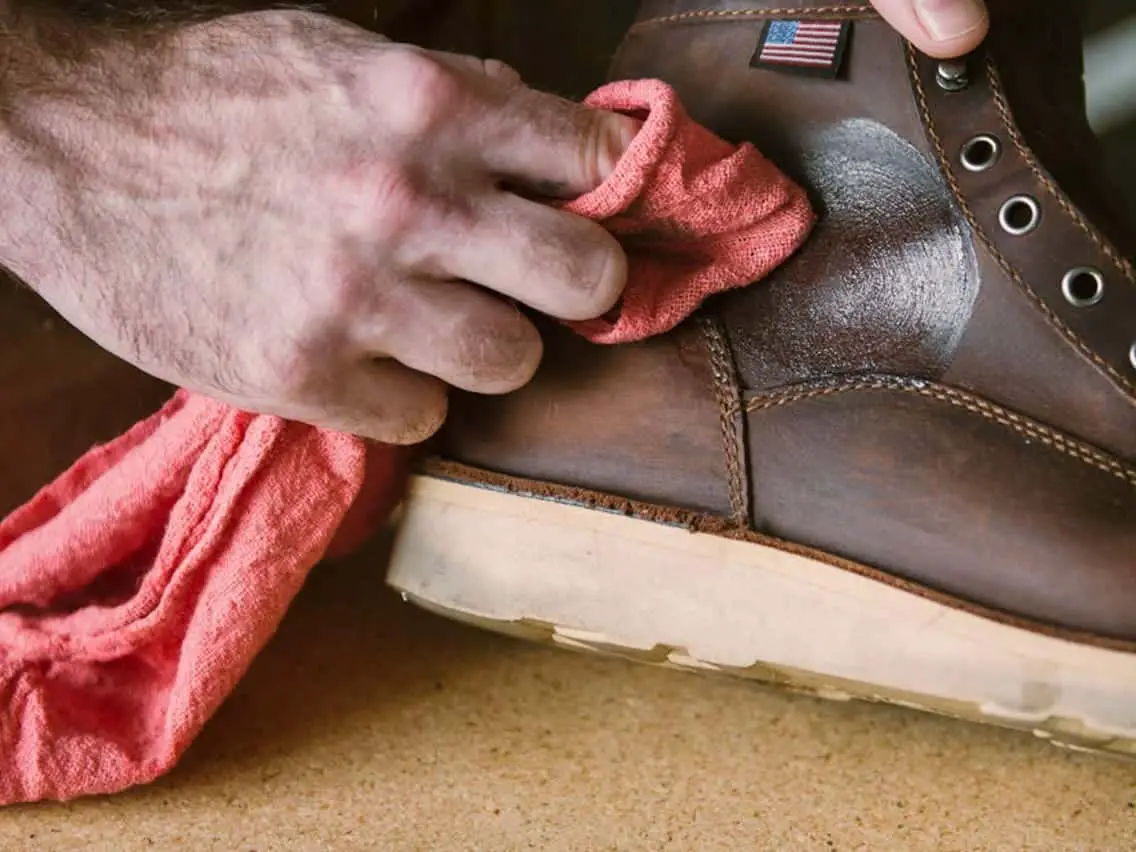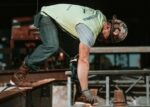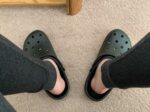Many times you might have heard people complaining about discomfort or pain as a result of their safety footwear. Leave others, have you noticed a bony enlargement lately at the back of your foot? Is it because of the prolonged use of your safety work boots? Could safety boots be causing your feet harm?

Certain work boots like steel toe work boots, high topped work boots and even your dress shoes may aggravate the condition, Haglund’s deformity or what we normally call it, a “Pump Bump”. These work boots, which are rigid and have got stiff backs, repeatedly rub against the soft tissue near the Achilles tendon, converting it into a bony enlargement. This further gets irritated when the bony enlargements rubs against the work boots. Once this happens you can easily find a characteristic swelling and pain of the condition.
Obviously, getting the right shoes is one of the many mandatory options for those hobbled by Haglund’s deformity. But first let’s see what causes this deformity and how can you avoid it from happening.
What is Haglund’s Deformity and why is it called a Pump Bump?
This particular condition is an abnormality of the foot bone and soft tissues. The deformity is basically an enlargement of the bony section of your heel. When this bony enlargement rubs against the shoes, it irritates the Achilles tendons which in turn leads to another painful condition called bursitis.
Haglund’s deformity is commonly called “pump bump” because the rigid part of the back of your work boots can create pressure that aggravates the enlargement when walking which appears as a typical painful bump. This condition can cause heel pain and swelling and also blistering from rubbing against the back of the work boots.
Doctors have associated some features to pump bump which are:
-
-
- If you have a prominent heel bone sloping outward then it is more likely to rub on the back of your work boots.
- If you have supinated feet that roll outward when walking.
- Presence of tight Achilles tendons which might put pressure on the heel bone.
- High arches which can force the heel slightly backward.
-
Which of your shoes can lead to this condition?
Certain shoes in your shoe rack can cause Haglund’s deformity or can aggravate the situation leading to pain. Boots which have got rigid back generate friction when rubbed against the soft area of the back of the foot.
The shoes that are most likely to cause the deformity symptoms include:
-
-
- Ice skates and roller skates
- Dress shoes, including men’s dress shoes, women’s dress shoes, and high-heeled pumps
- Steel-toed work boots
- Stiff winter boots or rain boots
-
Can you Prevent Pump Bumps?
If you’re thinking that you can avoid Haglund’s deformity in every case then you might be wrong. However, you can reduce the risk of developing the pump bump by taking following steps:
-
-
- Look for the shoes that have got open back. It is advised to have an open backed shoe if you have got tendinitis, bunions or any other foot problems.
- Always wear boots that have got soft, flexible backs so that there is minimal pressure on heels.
- Stretch your calves, Achilles and tendons of feet correctly before, during and after work.
- Always take a gradual approach to strenuous exercises whether you are working indoors or outdoors.
- Most importantly, avoid boots that come with rigid and stiff heels.
-
Can you treat Pump Bump on your own?
This particular condition, if not so great, can be initially treated on your own. Although, none of the self treatments can alter the bone of the foot but still they can offer some relief from the pain and irritation.
We would advise you to try home care first. If you have observed a painful bump on your heels lately then apply an ice pack after taking off your work boots. You can also follow one of these simple hacks which are:
-
-
- Switching the shoes worn especially the ones with rigid-backed shoes and pumps.
- Placing heel lifts in your work boots to place the heel up which can avoid friction.
- Proper use of heel pads inside the back of your work boots in order to minimize friction and irritation side by side.
- If you have high arches then don’t forget to insert footwear arch support.
- Try using a soft cast or walking boot which can keep the heel bone away from rubbing against the bursa.
-
Final Thoughts
Pump Bumps can be mostly genetic and you just can’t prevent them in many cases. However, you don’t have to give up so easily. Wearing proper footwear and avoiding friction on the heel can be a smart strategy to stay away from this condition.
If you have already encountered this situation then don’t panic and follow our above mentioned points before it’s too late. But, you should definitely not ignore it and see a doctor so that you can go back to your workplace in no time.







